Lithium Polymer (LiPo) batteries are a staple in the RC hobbyist world, particularly in FPV drones. However, as these batteries age or incur damage, improper disposal can lead to safety concerns. This guide aims to provide essential information on when and how to safely dispose of LiPo batteries, prioritizing user safety and environmental responsibility.
Knowing When to Dispose of LiPo Batteries:
Recognizing the signs of wear, damage, or reduced charge retention is crucial for determining when to retire LiPo batteries from FPV drones. Regular inspections for issues like swelling, leaks, or punctures, even during storage, are vital. Responsible disposal practices are essential to prevent potential safety hazards and environmental harm.
Safe Methods of LiPo Disposal:
LiPo Charger Discharge:
Light Bulb Discharge:
Power Resistors:
Dedicated Battery Dischargers:
Salt Water Discharge:
Avoid Physically Destroying Batteries:
Personal Method:
Conclusion:
Properly disposing of LiPo batteries is a critical aspect of responsible RC hobbyist practices. By understanding when to retire LiPo batteries and employing safe disposal methods, hobbyists contribute to their safety and environmental conservation. Prioritize safety and adhere to recommended guidelines to ensure a secure and eco-friendly disposal process for LiPo batteries.
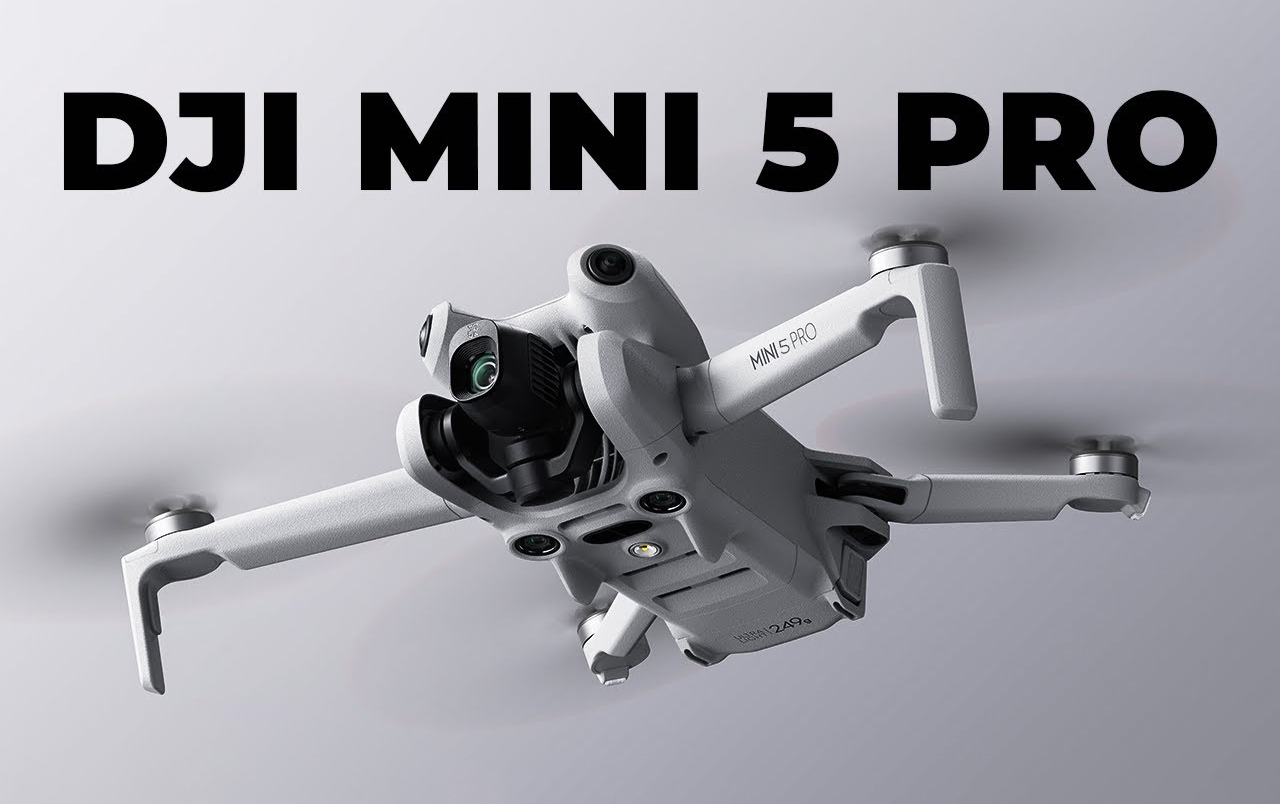
1. Design & Obstacle Detection From leaked images, the Mini 5 Pro closely...
READ MORE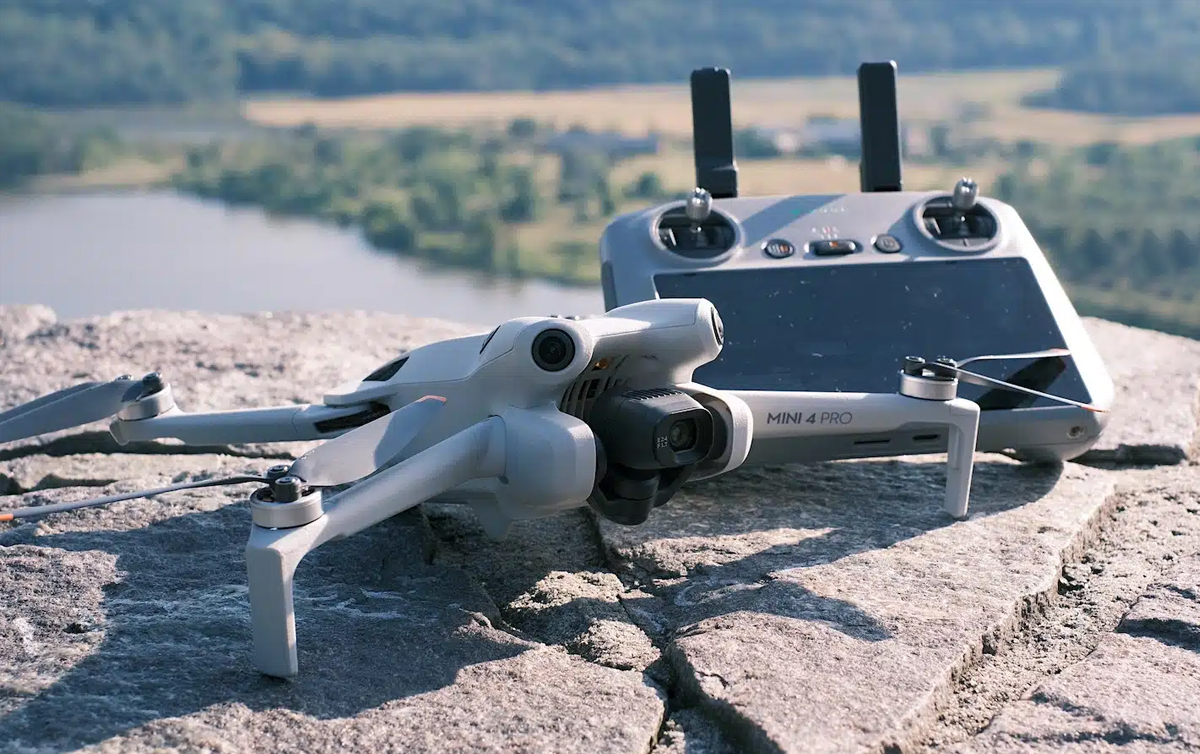
🛡️ Insurance Is Mandatory Whether you’re flying for fun or for work, drone insurance...
READ MORE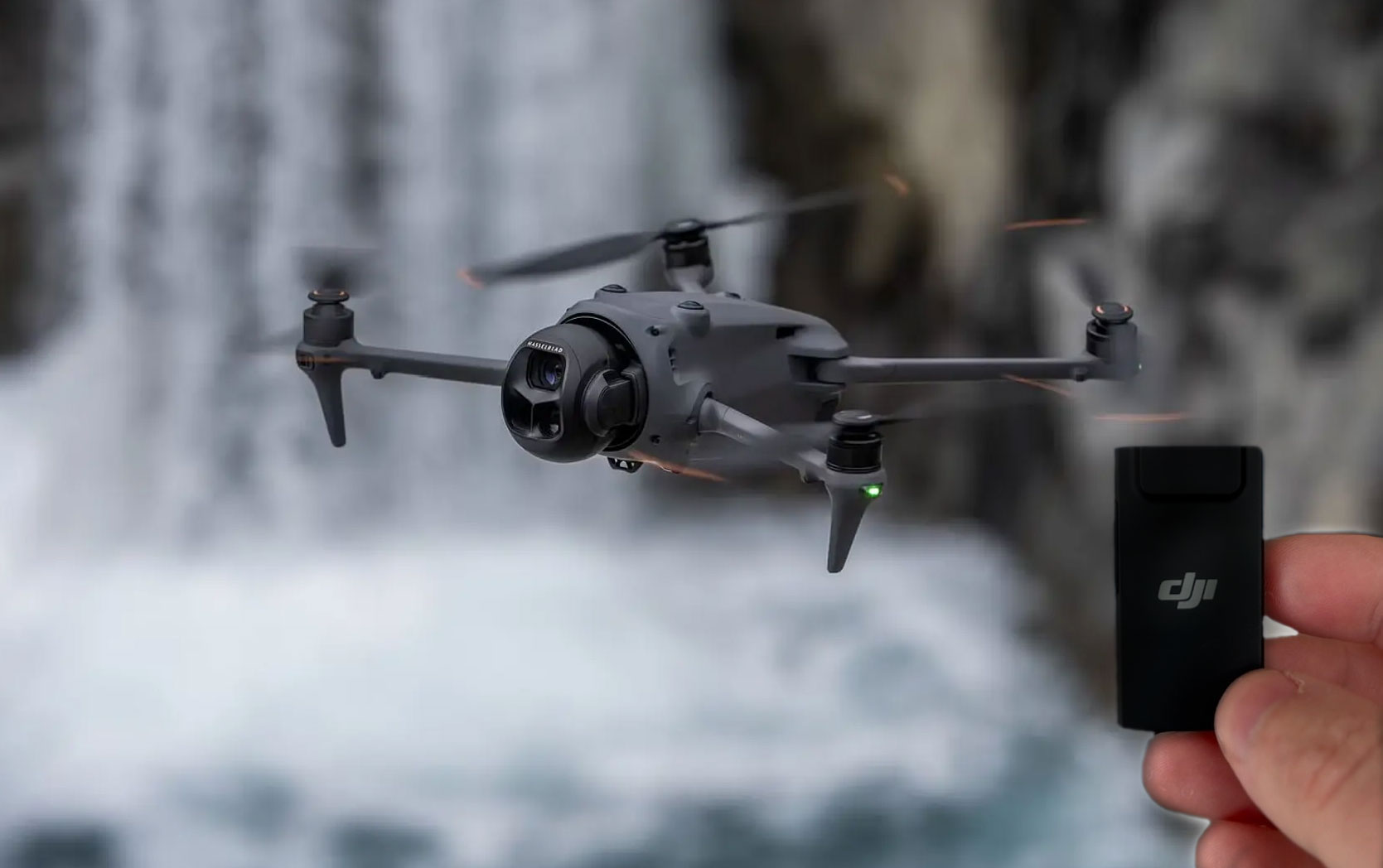
The DJI Mavic 4 Pro represents a bold step forward in drone technology, built for...
READ MORE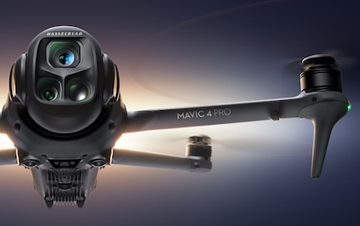
I finally received my DJI Mavic 4 Pro last Thursday after months of eagerly waiting...
READ MORE
Radiomaster has recently launched the SBUS Wireless Trainer Module , a compact and affordable solution...
READ MORE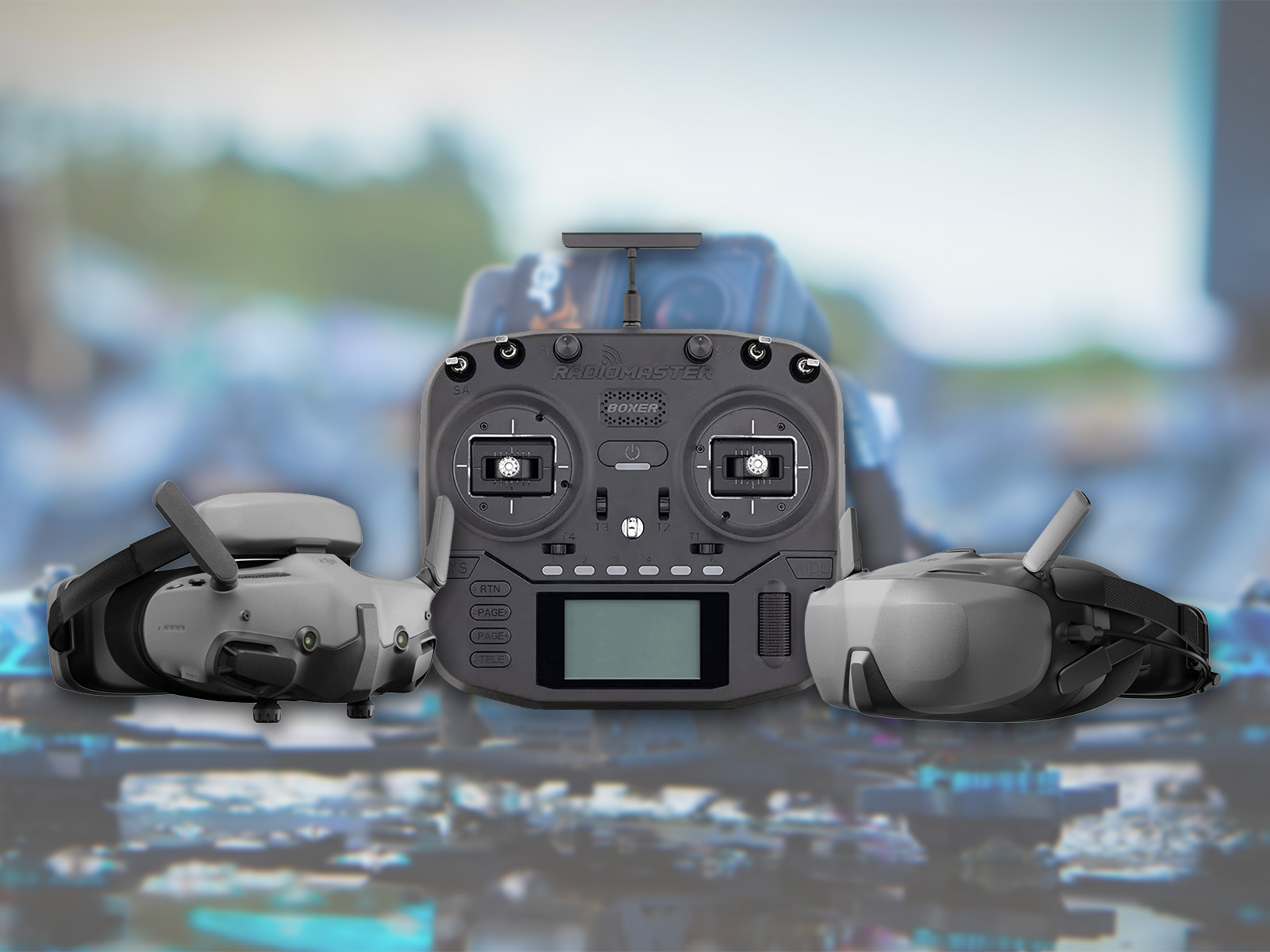
The release of DJI’s O4 system has sparked excitement among FPV pilots, but some users...
READ MORE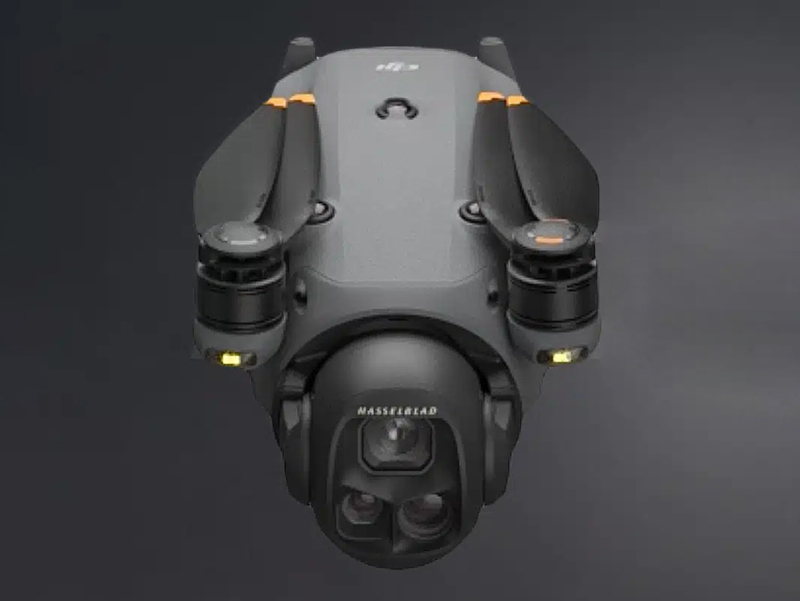
The highly anticipated DJI Mavic 4 Pro is set to launch soon, and new leaks...
READ MORE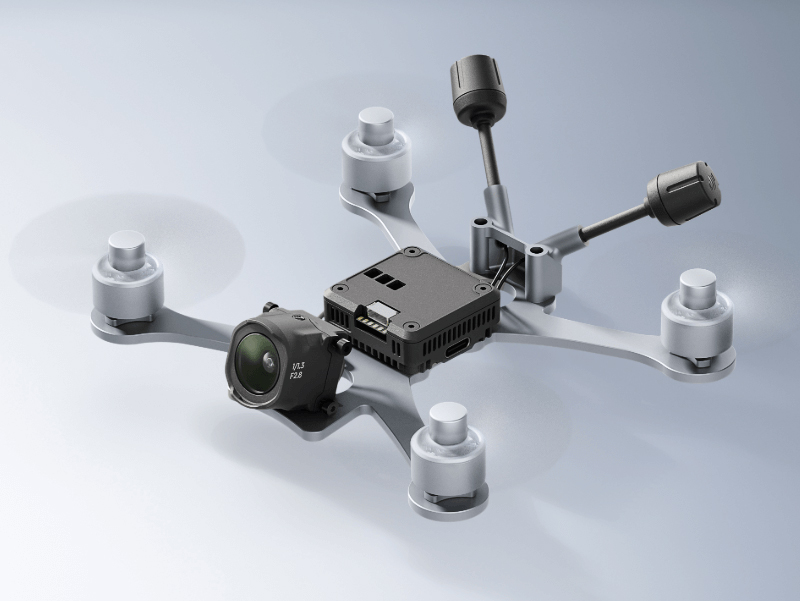
The DJI O4 Air Unit Pro represents a significant advancement in the realm of FPV...
READ MORE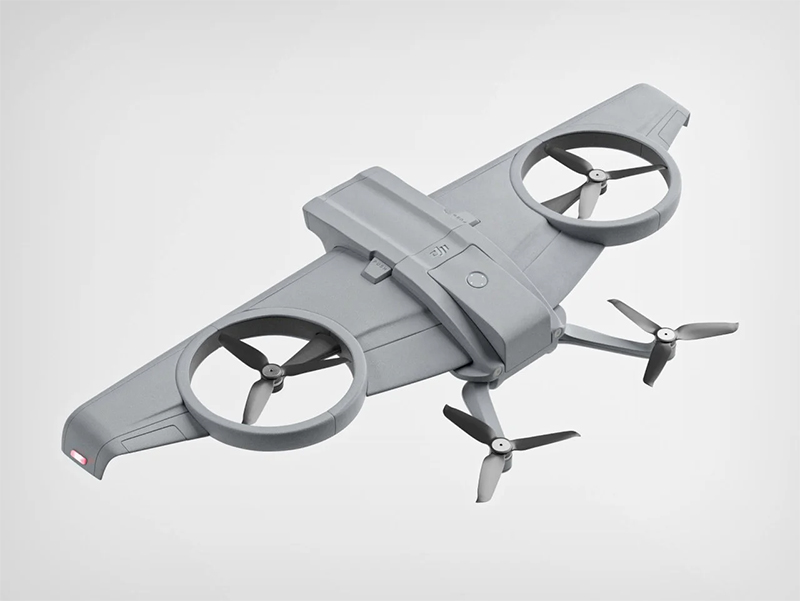
The DJI Glide is not your average drone. This innovative concept, designed by Baptiste Grenon...
READ MORE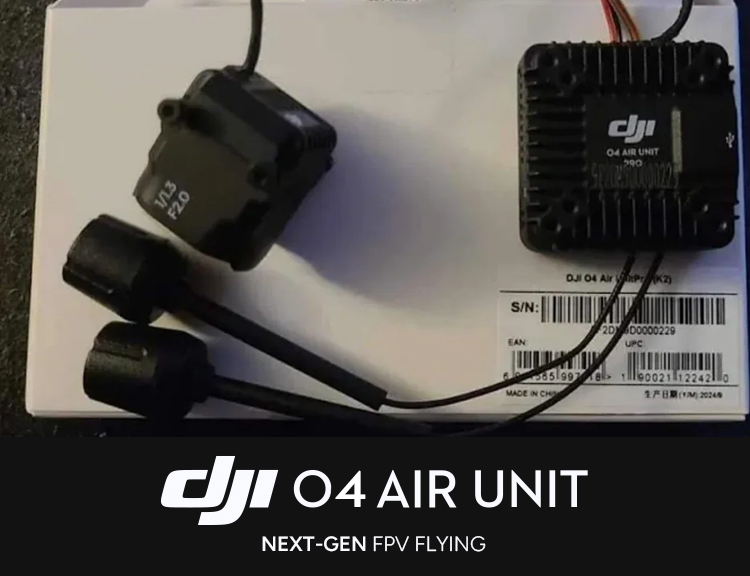
Exciting news is on the horizon for FPV enthusiasts as DJI prepares to release...
READ MORE
As a Maltese traveler, visiting Morocco offers an unforgettable experience, full of vibrant culture, diverse...
READ MORE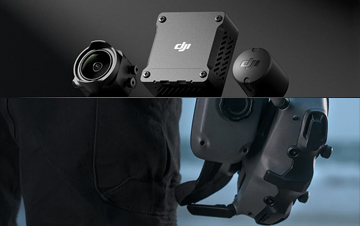
Drone pilots using DJI’s 03 Unit with Goggles 3 are facing a serious issue, as...
READ MORE